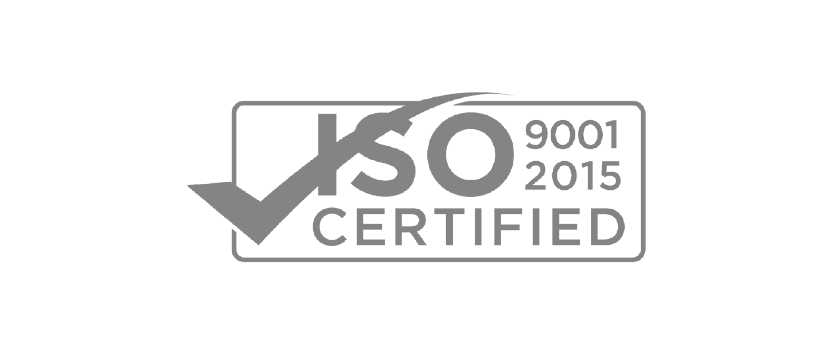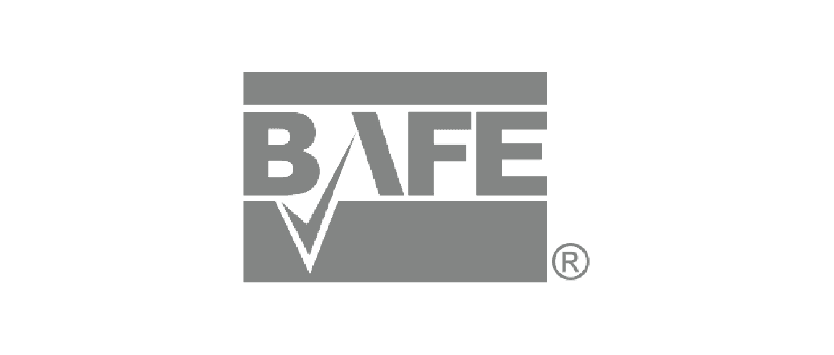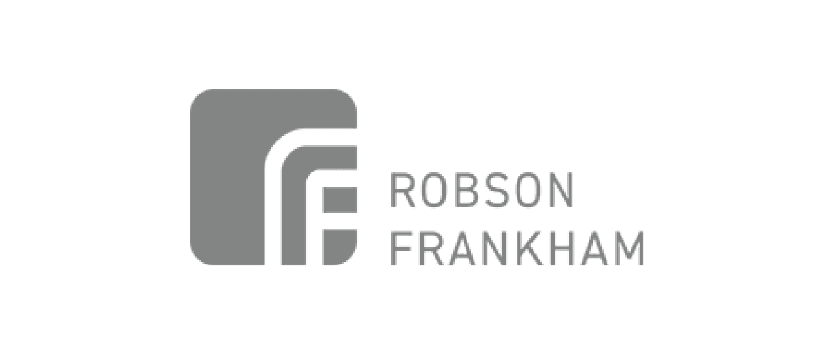Home > Information Library
Information Library
Building Safety Help and Support
Frankham have developed this library of information to assist our Clients with any queries they may have with the Building Safety Act.
Our team of fire safety specialists, CDM experts, fire engineers and chartered surveyors will ensure this catalogue of information is kept up to date and continually developed to provide a comprehensive, database of information for you and your team.
If you cannot find the information you’re looking for in the library of articles we have assembled, then we recommend you check out our FAQ’s page or alternatively you can contact the appropriate contact at Frankham Risk Management Services, Robson Frankham or Frankham Consultancy Group directly using contact page.

Frankham RMS
Building Safety Case
All new and existing HRBs will require a safety case and safety case report. The safety case is a suite of information that demonstrates the risk of fire and structural failures has been assessed and how they will be continuously re-assessed. It is the responsibility of the PAP to create the safety case for a building.
For new buildings this information will be gathered through collation of the Golden Thread.
For existing buildings it is possible that some of the information may be missing. In these cases the PAP will need to take reasonable and proportionate steps to locate the missing information. The importance of this information will vary between buildings due to their age, condition and size. Where essential information is missing the PAP may need to organise surveys or take other action to gather the required information. PAPs must be able to show they have acted proportionately to the importance of the information missing.
Many existing buildings will not meet current standards, and it is not an expectation that these buildings are brought up to current standards. PAPs will however need to be able to demonstrate that they have taken all reasonable steps to manage building safety risks. The BSR is working on guidance to illustrate what reasonable steps might look like in common situations, with a hierarchy of control introduced through secondary legislation.
The safety case report is a narrative summary of the safety case at a point in time, to assure the BSR that the PAP has:
-
Identified and assessed potential risks relating the spread of fire and structural failure.
-
Taken all reasonable steps to manage and control those risks on an ongoing basis.
-
Engaged with residents.
The report should link to or reference relevant parts of the safety case and explain how the information demonstrates that all reasonable steps have been taken to control identified risks.
If you need support putting together your Building Safety Cases, please contact Frankham Risk Management Services who have in-house specialists who can do this for you.
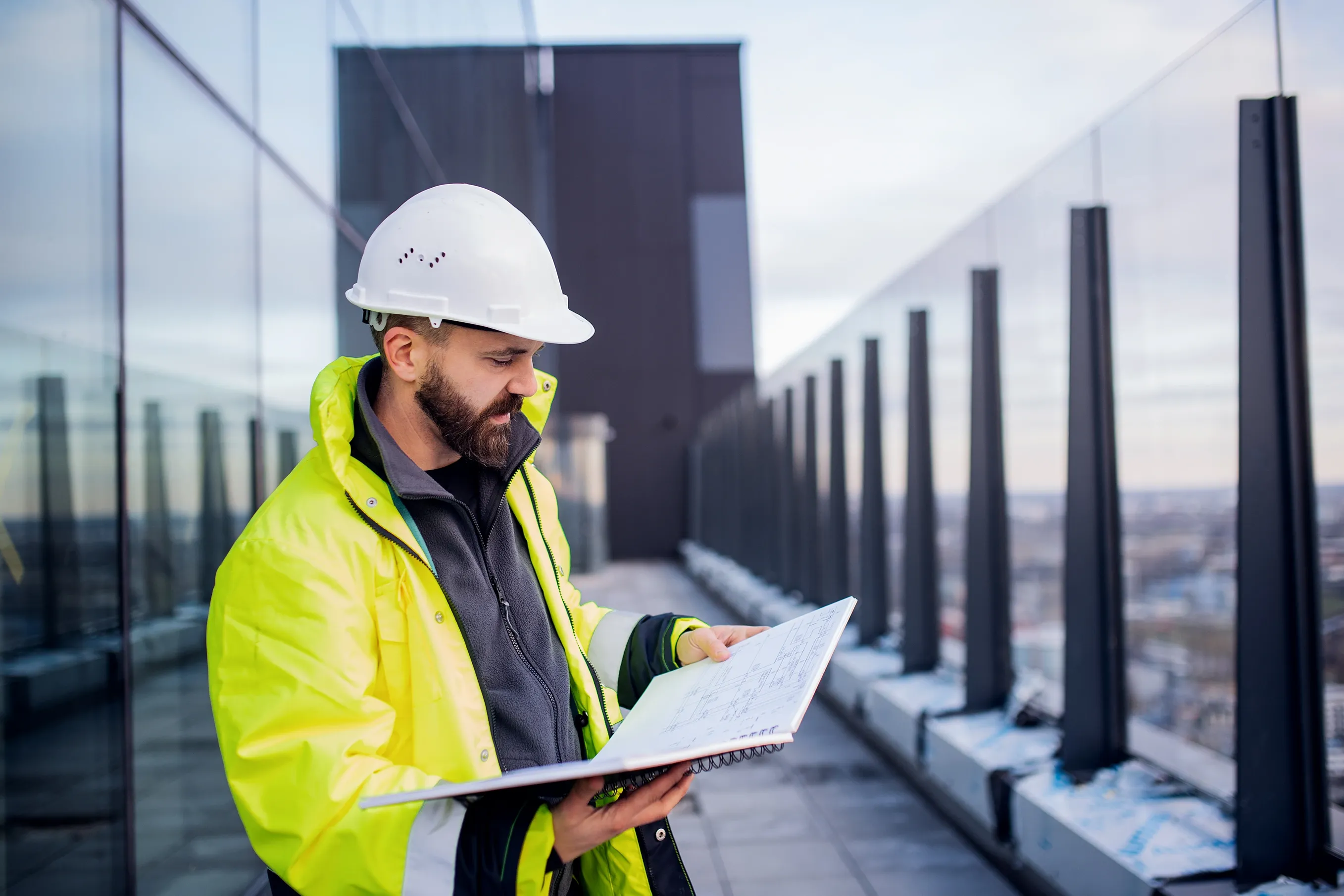
Frankham RMS
Mandatory Occurrence Reporting
Mandatory occurrence reporting is compulsory from Gateway 2 onwards and covers design, construction and occupation of higher-risk buildings. During design and construction the responsibility falls to the BSA Principal Designer and BSA Principal Contractor. For occupation, the responsibility falls to the PAP. Failure to report a safety risk could result in a fine. A mandatory occurrence is defined as any structural safety or fire safety related event which could represent significant risk to life within a HRB. All HRBs will require a mandatory occurrence reporting system that allows stakeholders to report building safety issues. An effective mandatory occurrence reporting system should:
-
Be known, understood and accessible by duty holders.
-
Form an ongoing and integral part of the safety management process.
-
Facilitate urgent reporting of occurrences.
-
Identify and capture mandatory occurrences.
-
Allow formal reporting within set timeframes.
It is expected that voluntary reporting will take place alongside the mandatory occurrence reporting to ensure capture of issues not specifically defined as mandatory occurrences.
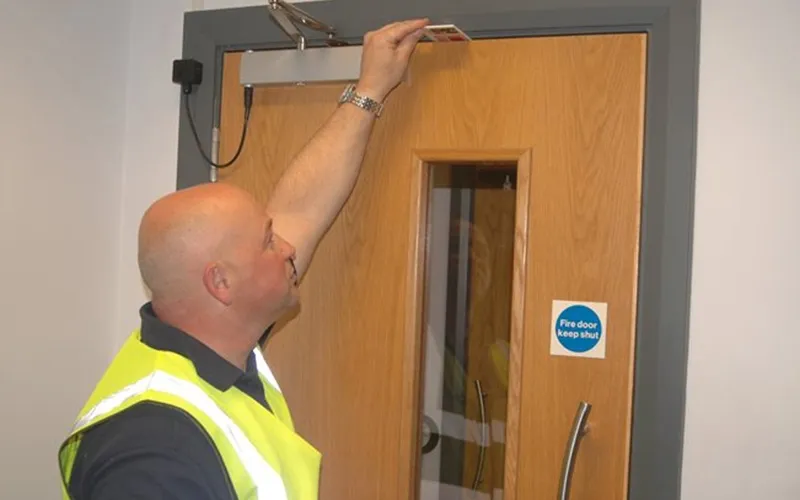
Frankham RMS
Updated Fire Door Requirements
The Fire Safety (England) Regulations were introduced in 2022 came into force back on 23rd January 2023 and clarified a number of mandatory requirements. Regulation 10 made requirements about fire doors in all buildings that contain two or more domestic premises and that contain common parts, through which residents would need to evacuate in a fire. Regulation 10 applies to all blocks of flats (or parts of such blocks) that incorporate common parts, regardless of whether the block is purpose-built or is a conversion.
Regulation 10 makes requirements in relation to two matters, namely:
-
Information about flat entrance doors that the Responsible Person must give to all residents (whether tenants or leaseholders). This requirement relates to all blocks of flats; and
-
Routine checks of fire doors that the Responsible Person must ensure are carried out. These checks are only required in blocks of flats in which the top storey is more than 11 metres above ground level (typically, a building of more than four storeys).
Further details on these 2 stipulations are provided below;
For the information that Regulation 10 requires to be provided to residents, this should include:
-
fire doors should be kept shut when not in use
-
residents or their guests should not tamper with self-closing devices
-
residents should report any fault or damage immediately to the Responsible Person.
The above information must be provided by the Responsible Person to any new resident as soon as reasonably practicable after the resident moves into their flat. The Responsible Person must also remind all residents about this information at periods not exceeding 12 months starting from when the Regulations come into force.
In terms of the frequency pf routine checks required under Regulation 10, if the top storey of the building is above 11 metres in height, the Responsible Person must:
-
use best endeavours to check all flat entrance fire doors at least every 12 months
-
carry out checks of any fire doors in communal areas at least every three months
Frankham Risk Management Services can undertake your fire door inspections for you with our qualified staff. If you prefer to undertake the inspections with your own in-house team, we also have also developed a bespoke fire door inspection mobile app that is purpose-designed for residential buildings to help you.

Frankham RMS
Basic Building Information required in Building Safety Case
The Building Safety Act identifies the information that the Building Regulator will be expecting to be included within your Building Safety Case.
The type of basic building information should include the following as a minimum:
-
Building basics (proforma to include building description, date of build, relevant design codes and standards, building height, types of flats, details of common areas, details of underground levels)
-
Directory (details of PAP and APs)
-
Building control completion certs
-
Health and Safety File
-
As built drawings
-
Shared facilities
-
Wider area and transport routes
-
Safety Case Report
-
Building Assessment Certificate
-
Mandatory Occurrence Reporting
Your Building Safety Case requires further information in addition to the above, including a range of information such as building construction details, resident profile information, fire prevention and protection measures, Structural Safety arrangements and details regarding the utilities and your maintenance / inspections.
You’ll recognise that there is a considerable amount of information that needs to be documented and drafted in order to present a coherent and comprehensive Building Safety Case. If you need support putting this together, please contact Frankham Risk Management Services who have in-house specialists who can do this for you.
If you can’t find the information you need, check out our FAQ’s section
Alternatively contact the specialist you need with our direct query form
